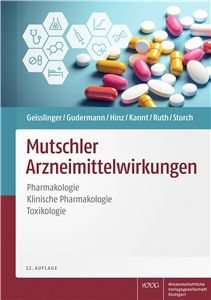Nutritional Practice Elderly People
Concise advisory knowledge
by Prof. Dr. Martin Smollich (ed.)
The physiology and living conditions of people change as they grow old, whereas it is often more difficult to adapt eating habits to the new requirements. Psychological aspects come to the fore. The challenge for giving specific nutritional advice is therefore particularly great. This volume in the book series Nutritional Practice provides all the information needed for the competent care of elderly people. It deals with general aspects of nutrition in old age, as well as specific nutritional situations such as poor diet, dehydration, chewing and swallowing problems, dementia, mobility, oral and food hygiene or nutrition at the end of life. A further section is concerned with communal catering.
























